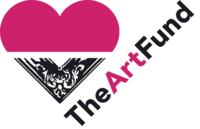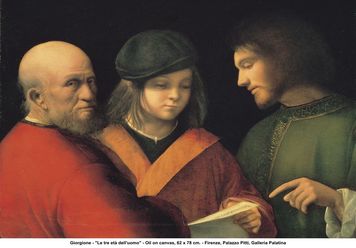Michael Conforti, the outgoing president of the Association of Art Museum Directors, has kidded me that I am always finding fault with what he does in the job. And now, beginning next month, I guess I won’t have him to kick around anymore.
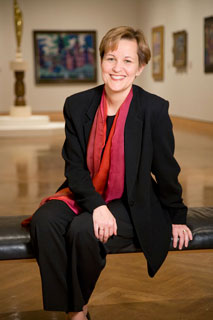 But seriously, it’s not his fault that AAMD rarely lives up to (my) expectations — it has always seemed to me that the group could, with the right governance, exert much more influence on the arts in America. Time and again, when I say this, museum directors roll their eyes at me, alas.
But seriously, it’s not his fault that AAMD rarely lives up to (my) expectations — it has always seemed to me that the group could, with the right governance, exert much more influence on the arts in America. Time and again, when I say this, museum directors roll their eyes at me, alas.
Nonetheless, I was pleased to learn that Kaywin Feldman, director of the Minneapolis Institute of Arts, is the new president. On a recent visit to New York, she met me for a nice long cup of coffee, and I learned much about her museum-management philosophy, which is very level-headed.
Her arts instinct is also on target. Last October, I blogged here about the MIA exhibition she, as director, curated called “In Pursuit of A Masterpiece.” It was about connoisseurship.
In her short (so far) tenure at MIA, Feldman has hired a half-dozen new curators and encouraged them to think bigger. I can not remember the exact numbers we discussed, but I do recall that MIA has organized far too few important, traveling shows for a museum of its calibre. It has produced too little scholarship. She is changing that.
Feldman also talked about revamping MIA’s acquisition strategy — perhaps actually having an acquisition strategy — to focus on quality, not numbers. What good are thousands of new, but not significant, objects? An example of the new regime: MIA recently purchased at auction an eighteenth-century Vincennes, celestial blue Ewer, known as the “Pot de Monsieur de la Bouexière,” 1755-56. It will be placed in MIA’s Grand Salon, a period room built for Jean Gaillard de la Bouexière (1676-1759)–the same patron who commissioned the rare ewer–for the Hôtel del la Bouexière.
Feldman and I also talked about programs, education and — here’s one that is difficult to tackle — what to do when membership programs cost more than they are worth. She did the right thing, and is disbanding some or changing the pricing.
AAMD’s limitations won’t go away, but Feldman does have a track record of making necessary changes and, based on what I’ve heard, doing it diplomatically.
Photo Credit: Courtesy Minneapolis Institute of Arts

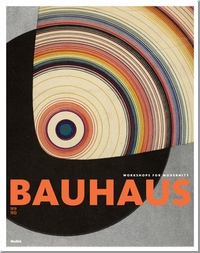 It’s especially gratifying to win recognition from peers, and this week the
It’s especially gratifying to win recognition from peers, and this week the 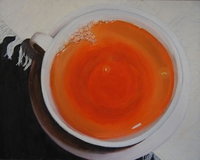
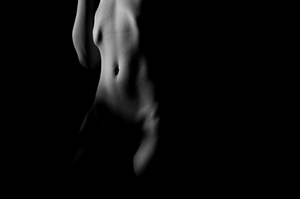
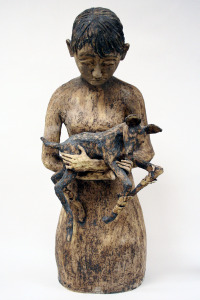 This is a great idea to engage teenagers; I hope it spreads. And there’s a bit more:
This is a great idea to engage teenagers; I hope it spreads. And there’s a bit more: